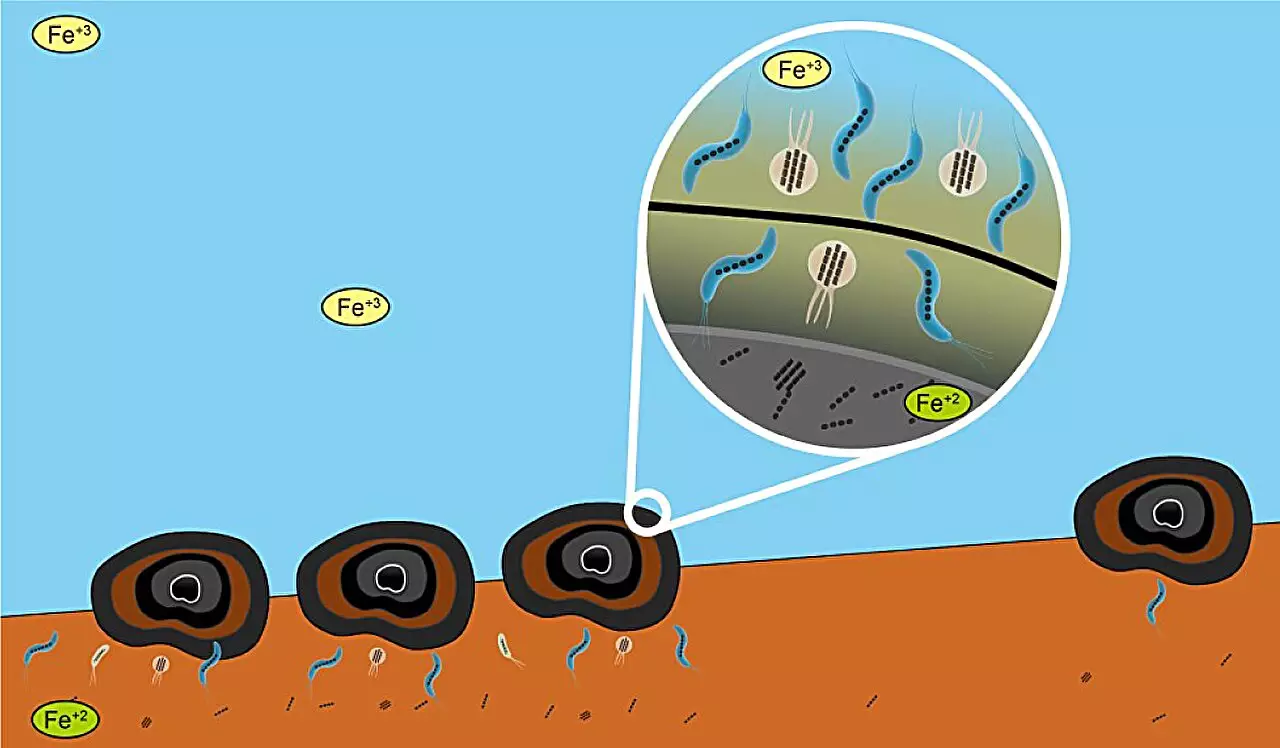Polymetallic nodules, often compared in size to potatoes, dot the ocean floor and are treasure troves of vital minerals. Rich in nickel, cobalt, and manganese, these formations have garnered significant interest from the mining industry due to their economic potential. The extraction of these resources, however, sparks environmental concerns and debates over the consequences of deep-sea mining. As the demand for rare minerals grows, understanding the origins and ecological roles of these nodules becomes paramount.
The formation of polymetallic nodules remains somewhat enigmatic, with researchers proposing several hypotheses. The prevailing theory posits that metallic elements from seawater gradually precipitate onto the seabed, building up over time. Additionally, emerging research indicates a possible involvement of microorganisms in this process. The presence of biogenic magnetite—essentially the leftover remains of magnetotactic bacteria—has been identified within these nodules, hinting at a complex interaction between biological and geological processes.
A particularly significant area for these nodules is the Clarion-Clipperton Fracture Zone (CCFZ), located south of Hawaii. This expanse, managed by the International Seabed Authority, is thought to hold immense economic potential for mining ventures. Recent studies, particularly one published in the Journal of Geophysical Research: Solid Earth, utilized data from a 2013 research cruise to delve into the relationships between bacteria and nodule distribution within this region.
The research employed an array of advanced techniques, including a vibrating sample magnetometer to study magnetic properties and electron microscopy for mineral identification. Such detailed analysis allowed researchers to uncover complex interactions among various sources of magnetite, which could include atmospheric dust, volcanic activity, and microbial life.
Results from this extensive study highlighted three distinct origins of magnetic minerals: windborne dust, volcanic eruptions, and biogenic processes. Notably, the presence of biogenic magnetite linked to bacteria was particularly high coinciding with areas dense in polymetallic nodules. One interpretation of these findings is that nodules may create specialized low-oxygen, carbon-rich environments, providing favorable conditions for microbial life while simultaneously accelerating the biomineralization of magnetite nanocrystals.
This insight not only elevates our understanding of nodule formation but also sheds light on the ecological roles of magnetotactic bacteria within the marine environment. Bacteria could play a crucial role in nodule growth, suggesting an intricate relationship between geological formations and biological organisms.
The findings from studies like those conducted in the CCFZ raise important questions about the future of deep-sea mining. As exploration expands into these ecologically sensitive areas, the interplay between microbial activity and nodule formation warrants further examination. The potential disruption of these environments could have far-reaching consequences not only for the nodules but also for the broader marine ecosystem.
As humanity advances toward exploiting these rich underwater resources, achieving a balance between economic interests and ecological preservation remains a critical challenge. Understanding the mechanisms behind polymetallic nodule formation and the role of microorganisms could guide responsible exploration and management practices in the deep-sea mining sector.


Leave a Reply